- Home
- Plumbing
- Plumbing Valves
- Shut Off Valves
Shut-Off Valves
Shut-off valves start and stop the flow of compatible media within a system for maintenance, instrument installation, or to relieve system pressure. These valves are manually operated by a handle or handwheel, pneumatically actuated by compressed air, or activated by an electric motor. Ball valves u .....Read More
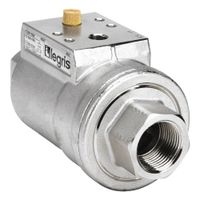
Axial Valves
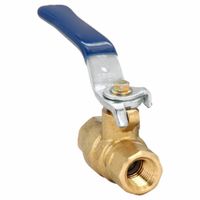
Ball Valves
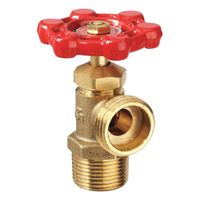
Boiler Drain Valves
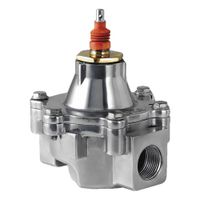
Cable-Controlled Gas Shut-Off Valves
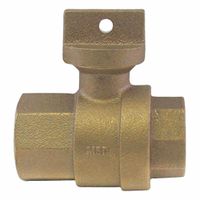
Curb Stop Valves
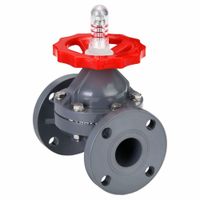
Diaphragm Valves
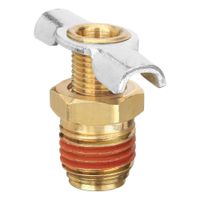
Drain Cocks
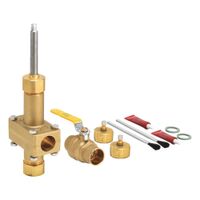
Emergency Shutoff Devices for Pipe Repair
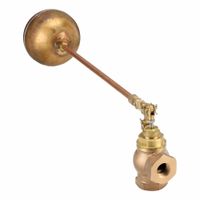
Float Valves & Floats
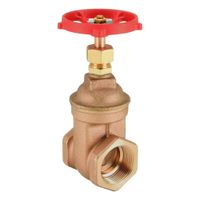
Gate Valves
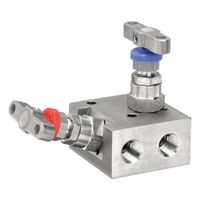
Instrumentation Manifolds
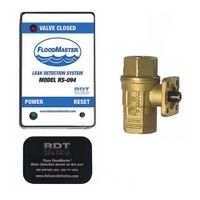
Leak Detection & Automatic Water Shut-Off Systems
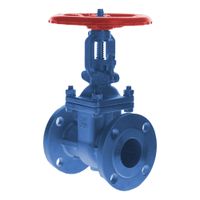
Piston Valves
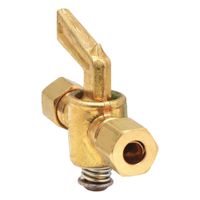
Plug Valves
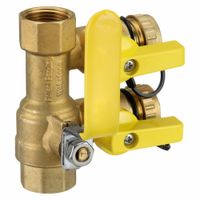
Purge & Fill Valves
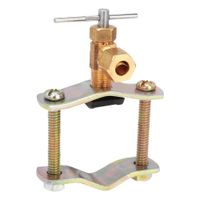
Saddle Valves
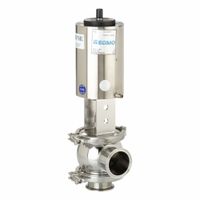
Sanitary Shut-Off, Diverter & Sampling Valves
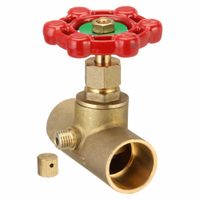
Stop & Waste Valves
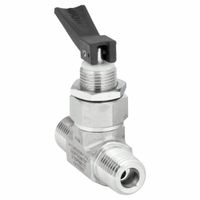
Toggle Valves
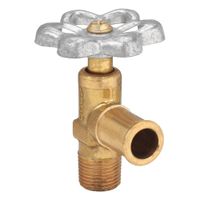
Truck Valves
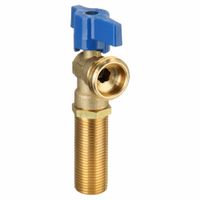
Washing Machine Valves
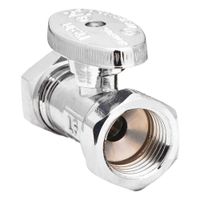
Water Supply Stops
Frequently Asked Questions
What is the difference between a ball valve and a gate valve?
How do you choose the right shut-off valve for a specific application?
What are the advantages of using a diaphragm valve?
How do you maintain and troubleshoot shut-off valves?
What are the common materials used for shut-off valves and their applications?
How do pneumatic and electric actuators work with shut-off valves?
What are the signs of a failing shut-off valve and when should it be replaced?